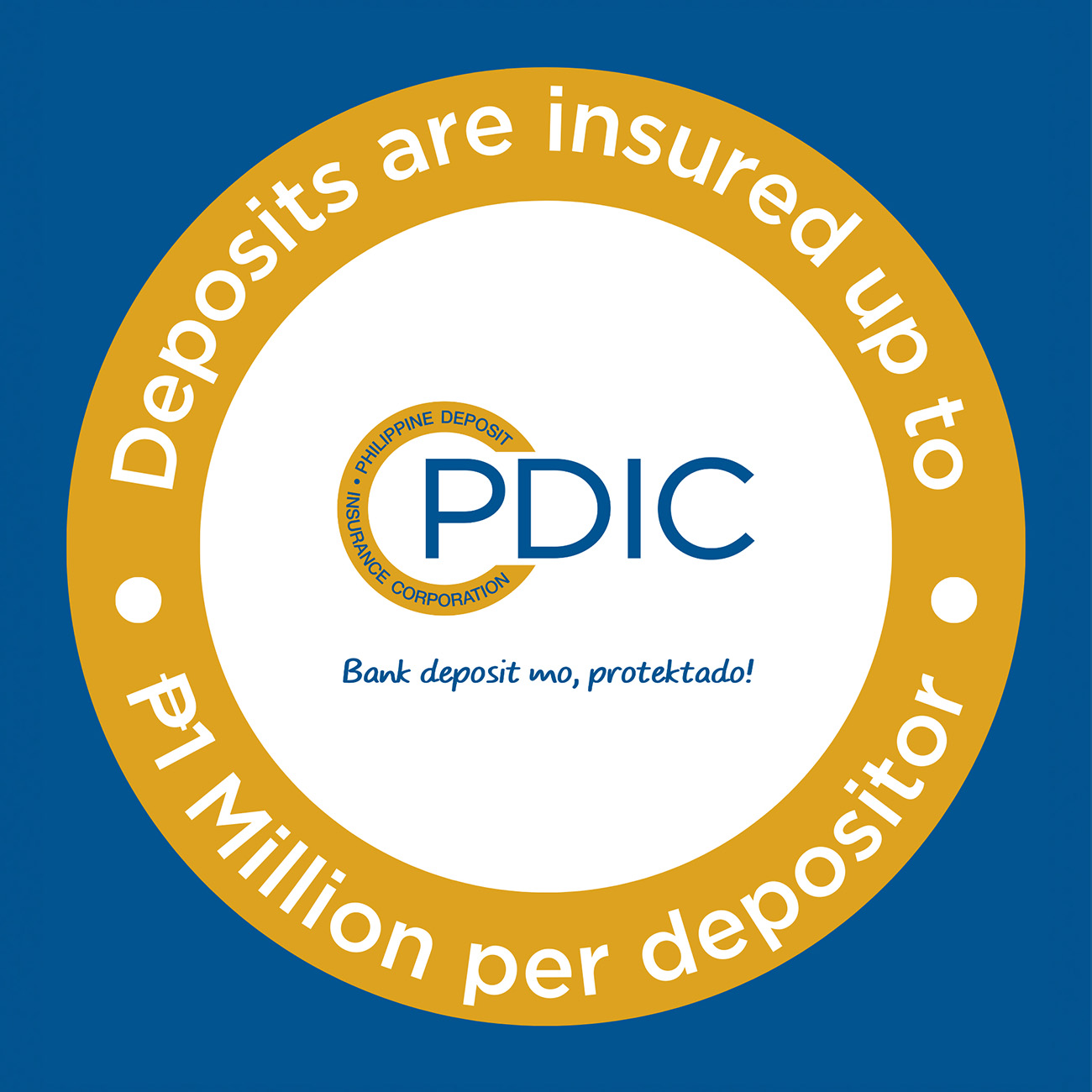Traveling abroad often comes with the challenge of managing foreign exchange. From paying for meals to shopping, every peso you convert can make a difference in your budget.
This is where forex charts come in. At first, they may look overwhelming with their lines, numbers, and patterns, but they’re not as complicated as they seem once you understand the basics.
Learning how to read forex charts makes traveling not only easier but also more cost-efficient. You’ll be able to maximize your budget and feel more confident about your spending overseas.
What is a Forex Chart?
A forex chart is a visual representation that displays the rates at which one currency can be exchanged for another. For travelers, the most common type of forex chart is a rate board that shows the buy and sell prices for a currency pair, such as the US dollar to peso.
The chart typically shows:
- Buy rate – the price at which the counter or bank buys foreign currency from you
- Sell rate – the price at which they sell foreign currency to you
- Spread – the difference between the buy and sell rates, representing the cost of the transaction
These figures may look like simple numbers, but mastering them is key to making the most of your travel budget.
Getting started with forex charts is easier when you break it down into simple steps. Here are some basics to keep in mind.
1. Focus on Buy and Sell Rates
Always remember to look at the sell rate if you are buying foreign currency (like dollars). On the other hand, look at the buy rate if you are selling foreign currency (like dollars back into pesos).
The lower the selling rate, the more dollars (or other currency) you can buy with your pesos. Meanwhile, the higher the buying rate, the more pesos you get when you exchange your remaining foreign money back.
2. Understand the Spread
The spread is the difference between the buy rate and the sell rate. For example, if the peso-dollar sell rate is PHP 58.00 and the buy rate is PHP 57.50, the spread is 0.50.
A narrow spread means the provider is offering a more competitive deal, while a wide spread means you pay more. Analyzing forex charts with this in mind helps you spot which exchange counter gives better value.
3. Compare Rates Across Providers
Do not settle for the first rate board you see. Different providers may show slight variations, and even a difference of a few centavos per dollar can add up when you are exchanging a large amount of money.
Always check if the posted rate matches the actual rate you will receive. Sometimes, additional service charges or minimum transaction amounts apply.
4. Watch Out for Market Movements
Rates can change depending on global events, economic news, or even the time of day. While travelers do not need to track charts like traders, being aware of major shifts can help.
For example, if the peso suddenly weakens, it might be a better time to buy dollars before it shifts again.
5. Convert Before Traveling
Exchanging a portion of your funds before leaving the country ensures you have local currency upon arrival. A quick look at rate boards can give you an answer to the big question: Is it better to exchange money in the Philippines now, or wait for a better rate abroad?
How to Calculate Currency Exchange with Forex Charts
Imagine you’re exchanging Philippine pesos for US dollars. The rate board shows:
- Buy rate: PHP 57.20
- Sell rate: PHP 57.80
If you want to buy USD 500, you multiply 500 by PHP 57.80. That means you will need PHP 28,900. If you return from your trip with USD 200 and want to exchange it back, multiply 200 by the buy rate of PHP 57.20. You will get PHP 11,440.
By knowing how to interpret forex charts, you can calculate these conversions quickly and understand exactly how your money is being converted.
Currency exchange rates change daily, sometimes even within the same day. Knowing how to interpret forex charts allows you to:
- Avoid overpayment: A wide spread can eat into your travel funds. Recognizing this helps you choose better options.
- Spot competitive offers: Comparing rates across different providers allows you to see who offers the best value.
- Plan your budget: Accurate forex charts analysis helps you estimate how much local money you will get in exchange, making it easier to manage your expenses abroad.
- Understand timing: Recognizing competitive rates can be helpful if your travel dates are flexible.
In short, analyzing forex charts is not just for traders. Travelers benefit from the same skills whenever they exchange money in the Philippines or abroad.
Understanding how to read forex charts properly is a simple but powerful skill for any traveler. It allows you to spot fair rates, avoid overpayment, and make smarter choices when exchanging money.
With this skill, you are better prepared to manage your budget when traveling. Instead of guessing the rates, you’ll know how to analyze the numbers and use them to your advantage.
So the next time you see a forex chart, you’ll know exactly how to read it—and how to make the most of every peso you spend overseas.

How to Pay Your Credit Card Bills Online

5 Key Terms in Your Credit Card Statement You Must Know



